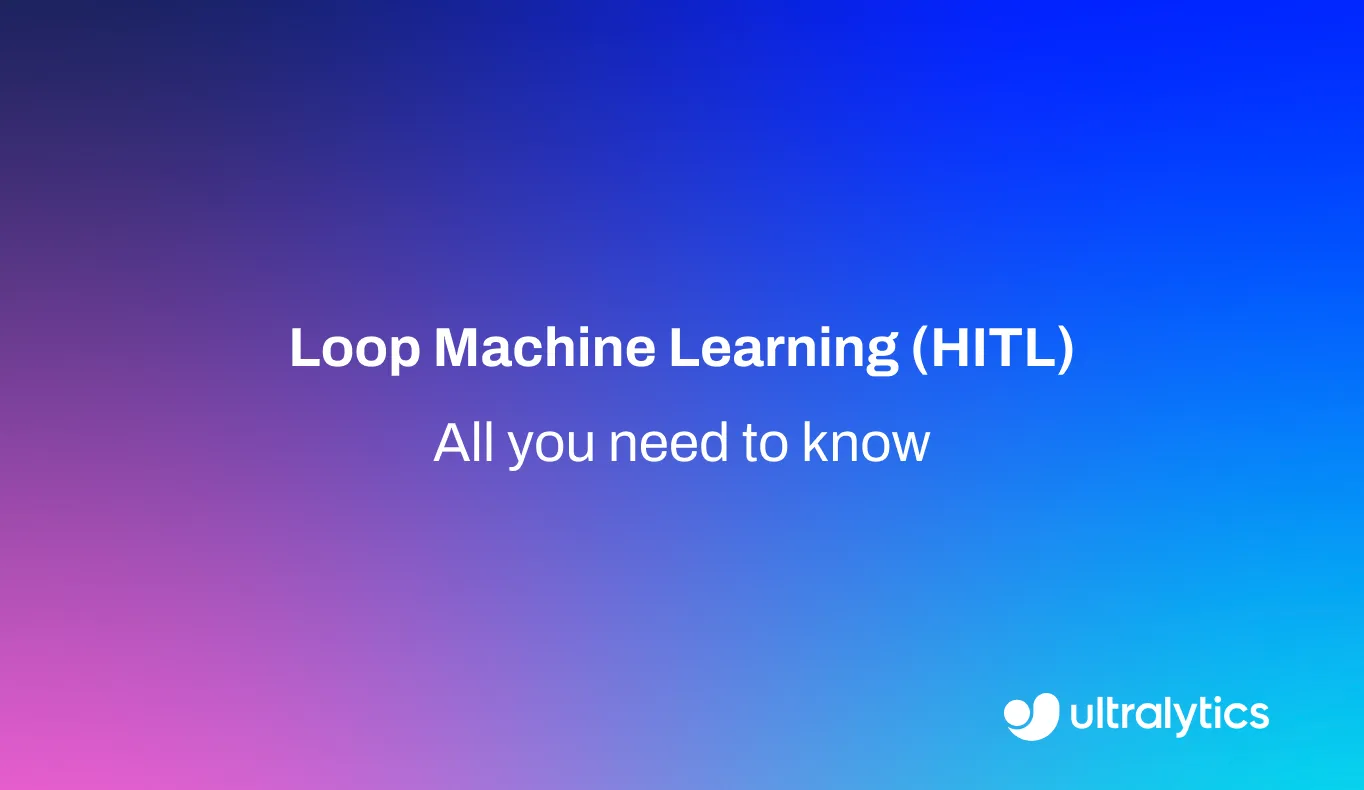تقليل البُعدية
تبسيط البيانات عالية الأبعاد باستخدام تقنيات تقليل الأبعاد. حسِّن أداء نموذج التعلم الآلي وتصوره وكفاءته اليوم!
تقليل الأبعاد هو تقنية حاسمة للمعالجة المسبقة للبيانات في التعلّم الآلي (ML) تُستخدم لتقليل عدد السمات - المعروفة أيضًا باسم المتغيرات أو الأبعاد - في مجموعة البيانات. ويتمثل الهدف الأساسي في تحويل البيانات عالية الأبعاد إلى تمثيل منخفض الأبعاد مع الاحتفاظ بأكبر قدر ممكن من المعلومات ذات المغزى. هذه العملية ضرورية لتبسيط النماذج وتقليل التعقيد الحسابي والتخفيف من مشكلة شائعة تُعرف باسم "لعنة الأبعاد"، حيث يتدهور الأداء مع زيادة عدد الميزات. يعد التطبيق الفعال لهذه التقنيات جزءًا أساسيًا من دورة حياة تطوير الذكاء الاصطناعي.
ما أهمية تقليل الأبعاد؟
يطرح العمل مع البيانات عالية الأبعاد العديد من التحديات. فقد تصبح النماذج المدرّبة على مجموعات البيانات التي تحتوي على عدد كبير جدًا من الميزات معقدة للغاية، مما يؤدي إلى الإفراط في التجهيز، حيث يتعلم النموذج الضوضاء بدلاً من النمط الأساسي. بالإضافة إلى ذلك، يتطلب المزيد من الميزات المزيد من الطاقة الحاسوبية والتخزين، مما يزيد من وقت التدريب والتكاليف. يعالج تقليل الأبعاد هذه المشكلات من خلال:
- تبسيط النماذج: تؤدي الميزات الأقل إلى نماذج أبسط وأسهل في التفسير وأقل عرضة للإفراط في التركيب.
- تحسين الأداء: من خلال إزالة الميزات غير ذات الصلة أو الزائدة عن الحاجة (الضوضاء)، يمكن للنموذج التركيز على أهم الإشارات في البيانات، مما يؤدي غالبًا إلى دقة وتعميم أفضل.
- تقليل العبء الحسابي: تعمل البيانات ذات الأبعاد المنخفضة على تسريع تدريب النماذج بشكل كبير وتقلل من متطلبات الذاكرة، وهو أمر بالغ الأهمية للاستدلال في الوقت الفعلي.
- تعزيز التصور المرئي: من المستحيل تصور البيانات بأكثر من ثلاثة أبعاد. تعمل تقنيات مثل t-SNE على اختزال البيانات إلى بعدين أو ثلاثة أبعاد، مما يسمح بتصور البيانات بشكل ثاقب.
التقنيات الشائعة
هناك طريقتان رئيسيتان لتقليل الأبعاد: اختيار الميزة واستخراج الميزة.
- اختيار الميزات: يتضمن هذا النهج اختيار مجموعة فرعية من الميزات الأصلية وتجاهل الباقي. وهو لا ينشئ ميزات جديدة، وبالتالي يكون النموذج الناتج قابلاً للتفسير بدرجة كبيرة. غالبًا ما يتم تصنيف الأساليب على أنها تقنيات التصفية أو التجميع أو التضمين.
- استخراج الميزات: يقوم هذا النهج بتحويل البيانات من فضاء عالي الأبعاد إلى فضاء ذي أبعاد أقل من خلال إنشاء ميزات جديدة من مجموعات من الميزات القديمة. وتشمل التقنيات الشائعة ما يلي:
تقليل البُعدية مقابل المفاهيم ذات الصلة
من المهم التمييز بين تقليل الأبعاد والمفاهيم ذات الصلة مثل هندسة السمات. ففي حين أن هندسة الملامح هي عملية واسعة النطاق لإنشاء واختيار وتحويل المتغيرات لتحسين أداء النموذج، فإن تقليل الأبعاد يركز بشكل خاص على تقليل عدد الملامح. ويمكن اعتباره مجالًا فرعيًا لهندسة السمات.
وبالمثل، في حين أن نتيجة تقليل الأبعاد هي البيانات المضغوطة، فإن هدفها الأساسي هو تحسين أداء النموذج، وليس فقط تقليل حجم التخزين، وهو الهدف الرئيسي لخوارزميات ضغط البيانات العامة مثل ZIP.
تطبيقات في الذكاء الاصطناعي والتعلم الآلي
يُعد تقليل الأبعاد أمرًا حيويًا في العديد من تطبيقات الذكاء الاصطناعي (AI) وتعلم الآلة:
- الرؤية الحاسوبية (CV): تحتوي الصور على كميات هائلة من بيانات البكسل. يعمل استخلاص السمات المتأصلة في الشبكات العصبية التلافيفية (CNNs)، المستخدمة في نماذج مثل Ultralytics YOLO، على تقليل هذه الأبعاد. وهذا يسمح للنموذج بالتركيز على الأنماط ذات الصلة لمهام مثل اكتشاف الأجسام أو تصنيف الصور، مما يسرّع من المعالجة ويحسّن أداء النموذج.
- المعلوماتية الحيوية: غالبًا ما ينطوي تحليل البيانات الجينومية على مجموعات بيانات تحتوي على آلاف التعبيرات الجينية (السمات). يساعد تقليل الأبعاد الباحثين على تحديد الأنماط المهمة المتعلقة بالأمراض أو الوظائف البيولوجية، مما يجعل البيانات البيولوجية المعقدة أكثر قابلية للإدارة. وغالبًا ما تستخدم الدراسات المنشورة في مجلات مثل Nature Methods هذه التقنيات.
- معالجة اللغة الطبيعية (NLP): يمكن تمثيل البيانات النصية في مساحات عالية الأبعاد باستخدام تقنيات مثل TF-IDF أو تضمين الكلمات. يساعد تقليل الأبعاد على تبسيط هذه التمثيلات لمهام مثل تصنيف المستندات أو تحليل المشاعر.
- تصوّر البيانات: تُعد تقنيات مثل t-SNE لا تقدر بثمن لتخطيط مجموعات البيانات عالية الأبعاد في أبعاد ثنائية أو ثلاثية الأبعاد. يسمح ذلك للبشر بفحص وفهم الهياكل أو العلاقات المحتملة داخل البيانات بصريًا، وهو أمر مفيد لإدارة مجموعات البيانات والنماذج المعقدة في منصات مثل Ultralytics HUB.








